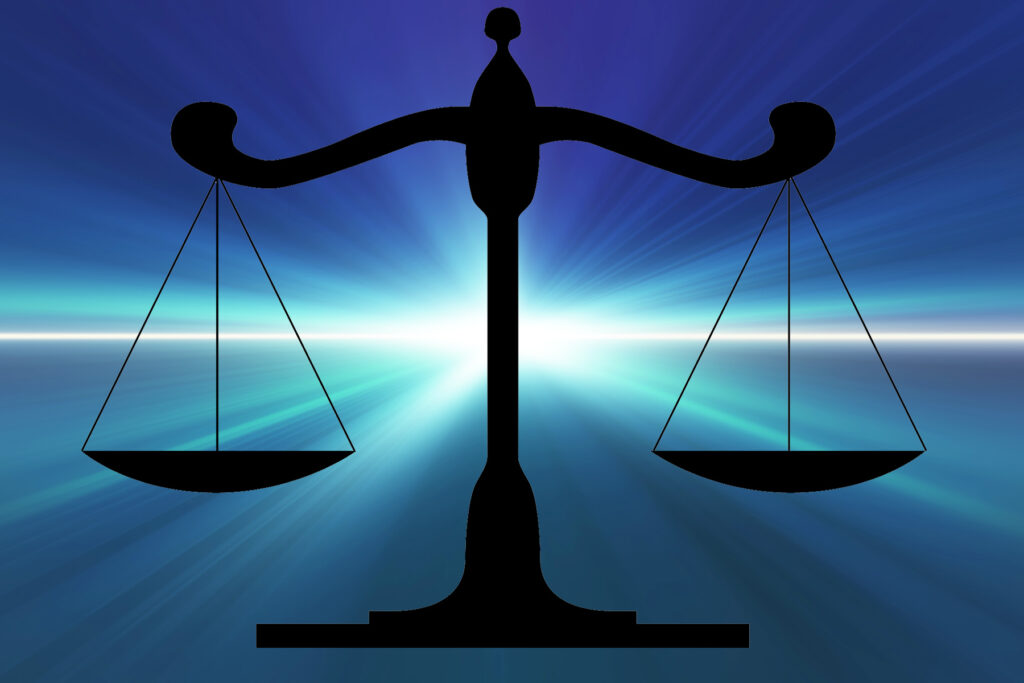When everyone can fully enjoy their rights as members of society, we have achieved social justice. The government’s commitment to social justice is seen in the provision of necessities including safety, education, healthcare, and employment to all citizens. The Indian Constitution was built around the principle of social justice.
The right to be treated equally is addressed in Article 14. In all of India, everyone is guaranteed the same rights and protections under the law. The concept underlying Art.14 is that the law must be applied uniformly and consistently to all persons in similar situations. The use of any discretionary authority need not be biased. The distribution of discretionary authority does not contradict equality in and of itself. Its recipients’ arbitrary use of their newfound power is a violation of the law.
Equal protection under the law and equal treatment before the law are both addressed in Article 14. One branch of justice that is often overlooked is social justice. Distributional justice is concerned with how social structures, property systems, governmental organizations, etc., affect the distribution of advantages and liabilities in a society. The idea of social justice encompasses more than simply a set of rules to follow. To have justice, there must be equality.
In Article 14, the right to be treated equally under the law is enshrined as an essential human right.
Since untouchability was widespread in India before the drafting of the Constitution, it had to be eliminated as soon as possible, making Article 17 a necessity. Article 17 and Article 25 of the Constitution made it possible for the state to pass any legislation that would open all Hindu temples to non-Hindus.
The Constitution’s Article 14 promises all citizens to equal protection under the law. It forbids governments from treating different groups of otherwise equivalent people and under comparable circumstances. Still, it doesn’t exclude our categorization. Discrimination, but not classification, is prohibited under Article 14; otherwise, categorization is lawful, legitimate, and reasonable.
Religious, racial, caste, sexual orientation, and geographical discrimination are all explicitly forbidden in Article 15.
The Supreme Court held that Article 14 should be used to determine whether or not a classification is appropriate when such classification is based on a premise specified in Article 15. Not just anybody may enjoy the protections of Article 15, however; only citizens. Formal equality among the powerful is all that the democratic concept of equality entails.
If everyone in a society is created equal, then we have achieved absolute equality.
If people make it a habit to follow the rule, then social fairness will naturally expand.
Making specific accommodations for women and children is also addressed in Article 15. No exceptions to Articles 15(1) or 14 would be granted to accommodate women and children with special needs. Article 15 of the Universal Declaration of Human Rights establishes the right to eradicate discrimination based on gender to achieve economic autonomy.
Equal treatment for all applicants in the public sector is addressed under Article 16. The topic of protecting historically oppressed groups is also addressed. Consequently, it allows for the designation of disadvantaged groups, and reservations may be issued via presidential order without violating Articles 15(1) or 14.
Act 16(4)’s caste-based definition of the “backward class of citizens” expands beyond a focus on socioeconomic status.
One definition of social justice and equality is ensuring that all members of society, regardless of their socioeconomic status, color, religion, or gender, have access to the same educational, occupational, and recreational opportunities. India’s constitution was written with the intention of improving the country’s social welfare system, and its preamble, basic rights, and guiding principles all reflect this commitment to social justice.
